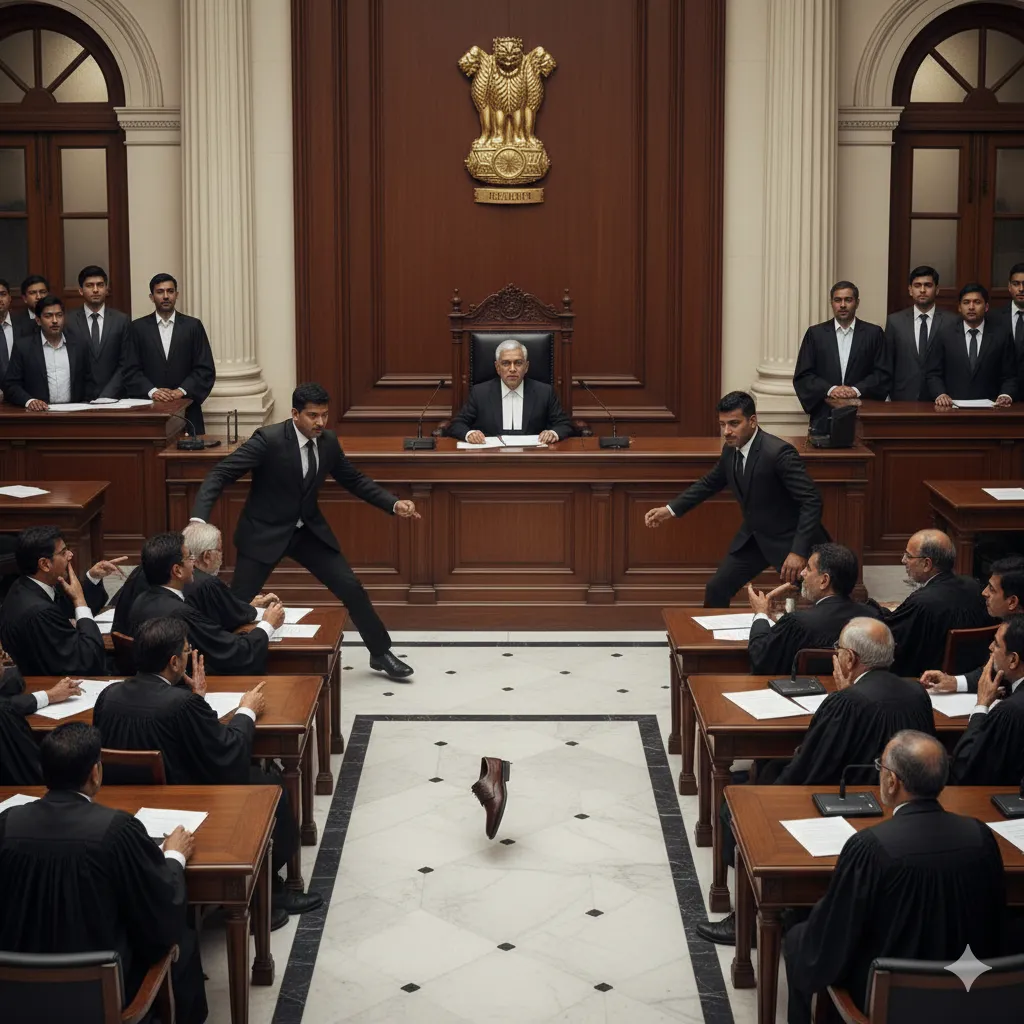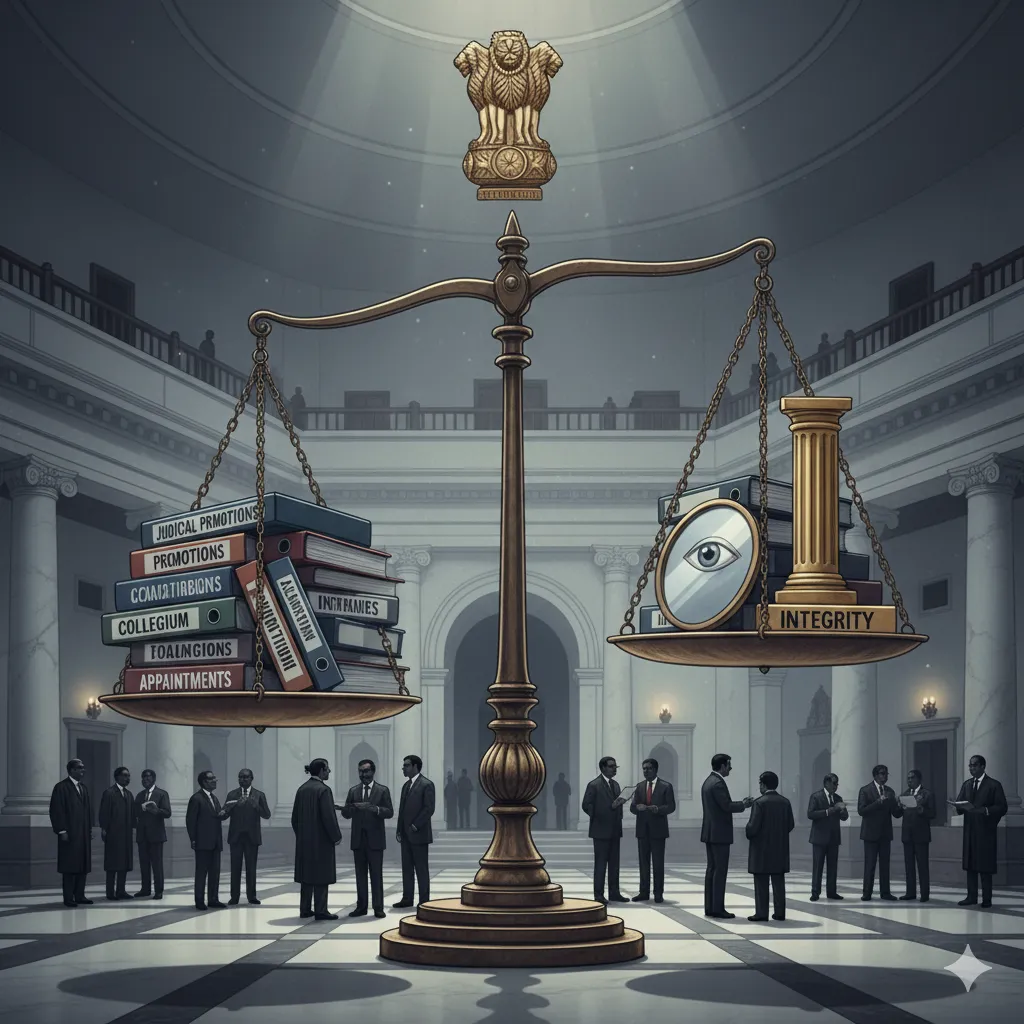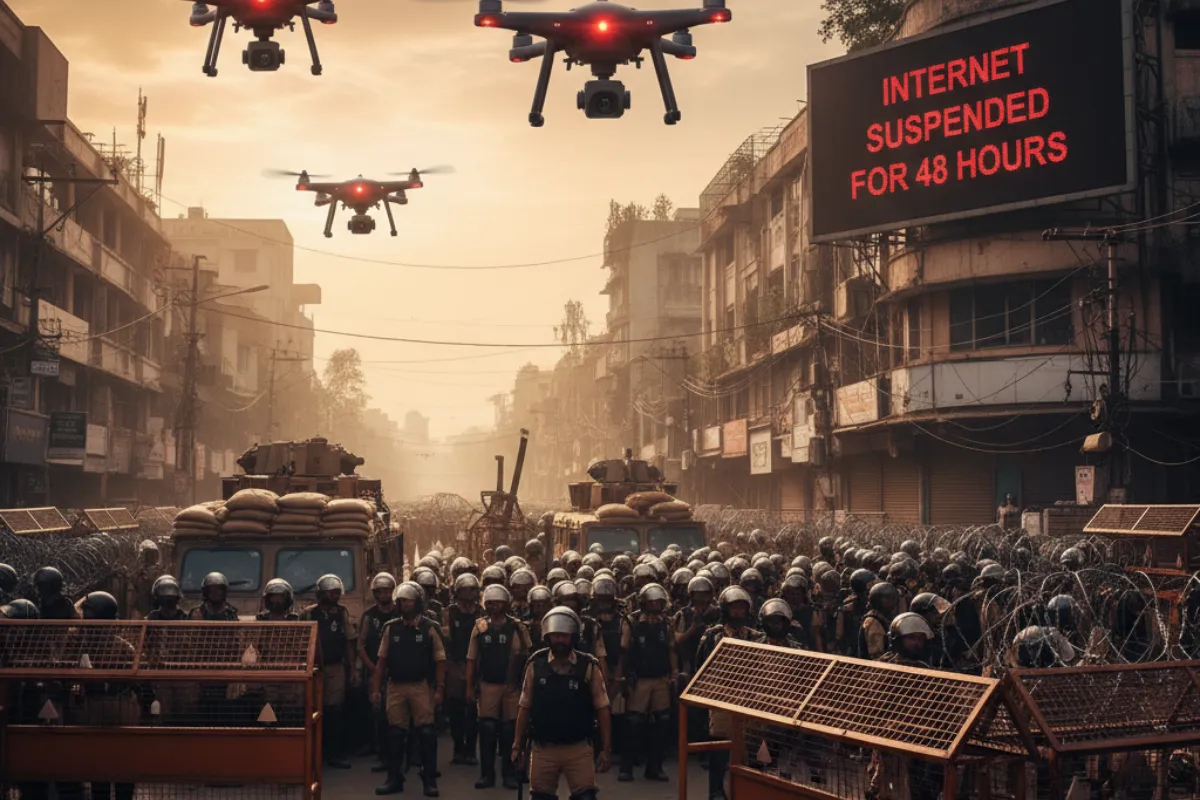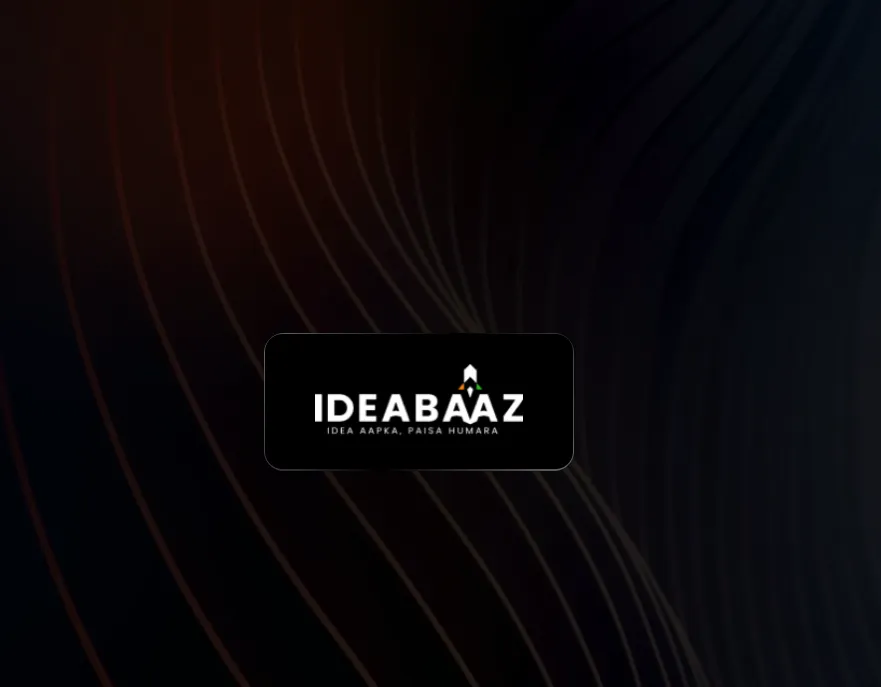India’s Supreme Court witnessed an extraordinary series of developments this week — from a dramatic courtroom security breach involving Chief Justice B.R. Gavai to landmark moves on judicial career reform and accountability within the higher judiciary.
These incidents, though distinct, collectively underscore the growing pressure on India’s judicial system — balancing faith, reform, and integrity under public scrutiny.
A Shocking Scene in Courtroom No. 1
On October 6, 72-year-old advocate Rakesh Kishore attempted to hurl a shoe at Chief Justice of India (CJI) B.R. Gavai during ongoing proceedings. The object fell short, landing near the bench.
CJI Gavai remained calm and composed, telling the court:“Don’t get distracted by all this. These things do not affect me.”
Security officers immediately detained Kishore, who was later suspended by the Bar Council of India (BCI) for “conduct inconsistent with the dignity of the court.”
Prime Minister Narendra Modi personally called the Chief Justice, condemning the act as “reprehensible” and stating that the incident had “angered every Indian.”
The Supreme Court has since initiated a review of its courtroom security protocols, with the Registry coordinating with the Ministry of Home Affairs.
Faith and Friction: The Khajuraho Idol Controversy
The shocking act was reportedly motivated by anger over CJI Gavai’s remarks in September 2025 concerning a beheaded Lord Vishnu idol at Khajuraho’s Javari Temple.
While dismissing a plea seeking restoration of the idol, Gavai had remarked:
“Go and ask the deity himself to do something. If you are a strong devotee, then pray and meditate.”
The statement triggered outrage among Hindu organizations, with the Vishva Hindu Parishad (VHP) accusing the Chief Justice of “mocking faith.”
The attack, therefore, reflects not only a breach of courtroom decorum but also the rising intersection of religious sentiment and judicial independence — a trend that has drawn both domestic and international concern.
Judicial Career Stagnation Referred to Constitution Bench
Amid the chaos, the same bench — led by CJI Gavai and Justice K. Vinod Chandran — referred a critical service matter to a five-judge Constitution Bench.
The issue: career stagnation among judicial officers.
Many lower judicial officers recruited as Judicial Magistrate First Class retire without ever reaching senior designations like Principal District Judge. The Chief Justice called this “an anomalous situation,” adding:
“A young judicial officer who enters at 25 or 26 and retires as an Additional District Judge will naturally feel heartburn. There must be some balancing out.”
Legal experts see this as a potentially landmark reform. If addressed effectively, it could reshape India’s judicial promotion system and unlock long-delayed vacancies in higher courts.
Judicial Appointments Continue Amid Controversy
On the same day, the Supreme Court Collegium recommended the appointment of Vinai Kumar Dwivedi, a senior judicial officer, as a judge of the Allahabad High Court.
The move comes at a time when the collegium system itself faces criticism for alleged opacity and favoritism. The elevation of Justice Vipul Pancholi to the Supreme Court earlier this year — superseding 56 senior judges — sparked an ongoing debate on merit, diversity, and transparency in appointments.
Despite political and institutional tensions, the collegium’s steady appointments signal a determination to maintain continuity in judicial administration.
Impeachment Proceedings: A Rare Judicial Reckoning
Adding to the judiciary’s turbulent season, Parliament has initiated impeachment proceedings against Justice Yashwant Varma of the Delhi High Court.
This follows the recovery of burnt currency notes from his residence in March 2025. Over 146 Lok Sabha MPs and 50 Rajya Sabha members have signed the motion.
It marks one of the rarest moments in India’s judicial history — a reminder that judicial independence must coexist with accountability.
Bar Council and Political Reactions
The Bar Council of India acted swiftly after the courtroom attack, suspending Rakesh Kishore’s license and condemning his act as “disgraceful.”
Political reactions cut across party lines. The Communist Party of India (Marxist) called the attack “shocking and deplorable,” alleging that it reflected a growing climate of intolerance and “Manuvadi” ideology promoted by political leaders.
Senior lawyers, including Siddharth Bhatnagar, amicus curiae in the judicial stagnation case, noted that the stagnation issue “discourages bright youngsters from joining the judiciary,” urging systemic reform.
A Judiciary at a Crossroads
From the courtroom chaos to the constitutional deliberations, these developments reveal a judiciary navigating unprecedented challenges — both from within and outside.
Legal observers warn that the shoe incident, while isolated, highlights a deterioration of respect for judicial authority, intensified by social polarization and political rhetoric.
Meanwhile, the Constitution Bench’s decision on judicial promotions could become one of the most consequential administrative judgments in recent decades, directly affecting thousands of officers and the efficiency of justice delivery.
What Lies Ahead
- Courtroom Security: The Supreme Court’s internal security committee is expected to recommend upgraded screening and access control measures.
- Career Stagnation Case: The five-judge Constitution Bench will begin hearings later this month.
- Impeachment Process: The parliamentary committee examining Justice Varma’s case is likely to submit its report by November 2025.
Each of these developments carries the potential to redefine public trust in India’s judiciary — a system revered as the final guardian of constitutional balance.







Leave a Reply